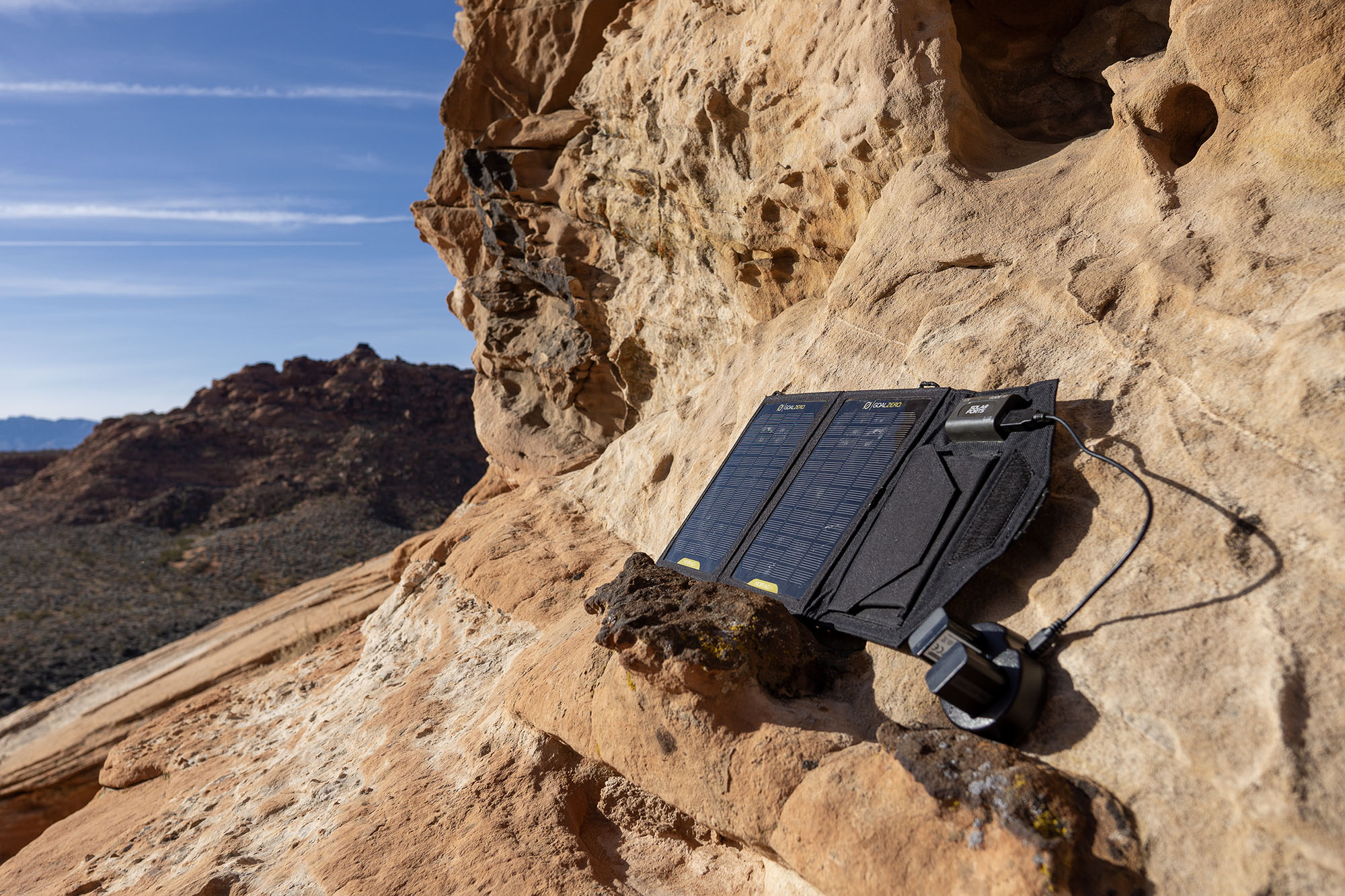While my family and I live in what is now a small city, we spend much of our time outdoors. We all find ourselves outdoors often, for both work and recreation. Being outdoors brings certain risks, and I have always enjoyed the peace of mind that comes from being prepared. An item I carry regularly is a compact solar panel.
Having worked for 27 years in an industry that takes me into the wilderness frequently, I have become increasingly reliant on solar chargers for my electronics. Charging my phone with a solar charger has been a regular occurrence for me, and I have come to appreciate the convenience it offers.
I sometimes have a need to charge my camera batteries in the field. Most of my digital cameras over the years have come with charging docks that plug into household 120v systems. Of course, this does little good in the field.

One of the first things I do when accessorizing a new camera with rechargeable batteries is to buy a charging dock that is USB-powered. This allows me to charge batteries in the field without having access to a vehicle or building with electricity. Many of these charging docks are inexpensive and come with aftermarket batteries. So far, I have had very good luck with off-brand batteries, although one of my sons did have one that was faulty.
Solar chargers have become very popular with the outdoors crowd, and for good reason. They are lightweight, efficient, and can charge anything that can normally be charged with a 5v USB charger. My CIGS flexible panel has an output voltage of 12 volts, and can charge a vehicle battery if needed. With a common USB adapter it will charge any USB device. Other panels have standard 5v USB charging ports.
The prices have come down and many configurations are available. Whether for charging camera batteries, cell phones or other rechargeable devices, these panels are handy tools.

